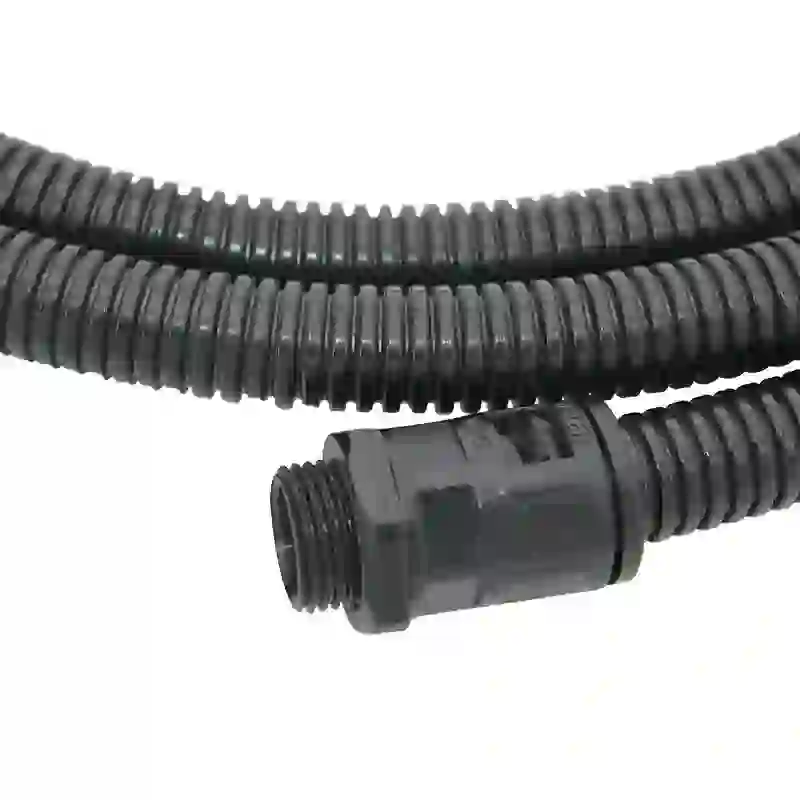flexible cable management system for efficient organization and movement
Understanding Movable Cable Tracks A Comprehensive Overview
Movable cable tracks play a crucial role in modern industrial applications, providing a dynamic solution for managing electrical cables and hoses in various environments. This innovative technology enhances operational efficiency, safety, and organization in workplaces where equipment mobility is essential. In this article, we will delve into what movable cable tracks are, their advantages, applications, and considerations for implementation.
What are Movable Cable Tracks?
Movable cable tracks, also known as cable carriers or drag chains, are mechanical systems designed to guide and protect cables and hoses in motion. These tracks ensure that electrical wiring and hoses do not become tangled or damaged as machinery and equipment move. Typically constructed from durable materials like plastic or metal, movable cable tracks are designed to withstand various environmental conditions while offering flexibility in their arrangement.
Advantages of Movable Cable Tracks
1. Enhanced Organization One of the primary benefits of movable cable tracks is improved organization in workspaces. By neatly managing cables and hoses, these tracks reduce clutter, making maintenance and troubleshooting simpler.
2. Increased Safety Tangled or loose cables can pose serious safety risks, leading to tripping hazards or equipment malfunctions. Movable cable tracks help to minimize these risks by securing pathways for cables and allowing for seamless operations.
3. Improved Mobility In environments where equipment needs to move frequently—like manufacturing floors or in automated assembly lines—movable cable tracks provide the flexibility to follow the machinery's movements without straining the cables. This reduces wear and tear and prolongs the life of the cables.
4. Versatility These cable management systems come in various sizes and configurations, making them suitable for a range of applications, from robotics to CNC machinery and beyond.
5. Ease of Installation and Maintenance Movable cable tracks can be easily installed and modified as needed. Their design often allows for straightforward access to cables, simplifying maintenance activities.
Applications
Movable cable tracks find applications across various industries due to their versatility
. Here are a few examplesmovable cable track

- Manufacturing In factories, movable cable tracks are often used to manage the cables of robotic arms and conveyor systems. This helps streamline production processes by ensuring that cables do not obstruct operations.
- Entertainment In the entertainment industry, movable cable tracks are used to organize power and control cables in stage setups. This allows for quick changes between performances and ensures safety on stage.
- Automotive In automotive plants, movable cable tracks guide cables and hoses for robots and assembly lines, ensuring smooth operation in dynamic environments.
- Aerospace Movable cable tracks are essential in aerospace manufacturing, where precise movements and safety are of utmost importance. They help manage wiring and hydraulic lines in aircraft assembly.
Considerations for Implementation
When considering movable cable tracks for your operations, several factors should be taken into account
1. Load Capacity Ensure that the chosen cable track can handle the weight and type of cables being used. The load capacity varies among different tracks.
2. Environment Consider the environmental conditions where the tracks will be installed. Factors such as temperature, humidity, and exposure to chemicals can affect the material choice.
3. Length and Radius Determine the necessary length and curvature of the cable track to accommodate the intended movement of the machinery or equipment.
4. Future Extensions Plan for future expansion or modifications. Select a system that can be easily adjusted to accommodate new equipment or cable requirements.
Conclusion
Movable cable tracks represent a vital advancement in the area of cable management. With their ability to improve safety, enhance efficiency, and maintain organization, they are becoming increasingly important in a wide range of industrial applications. As organizations continue to evolve and seek innovative ways to optimize their operations, the deployment of movable cable tracks will undoubtedly play a significant role in shaping the future of workplace dynamics. By understanding their advantages, applications, and implementation considerations, businesses can harness the full potential of this technology to stay competitive in today’s fast-paced industrial environment.








